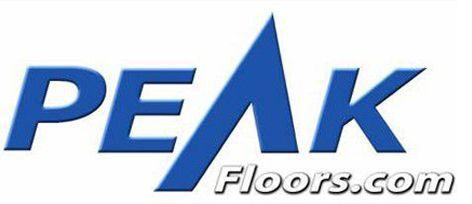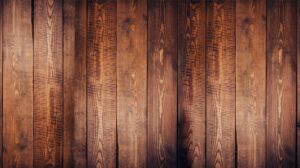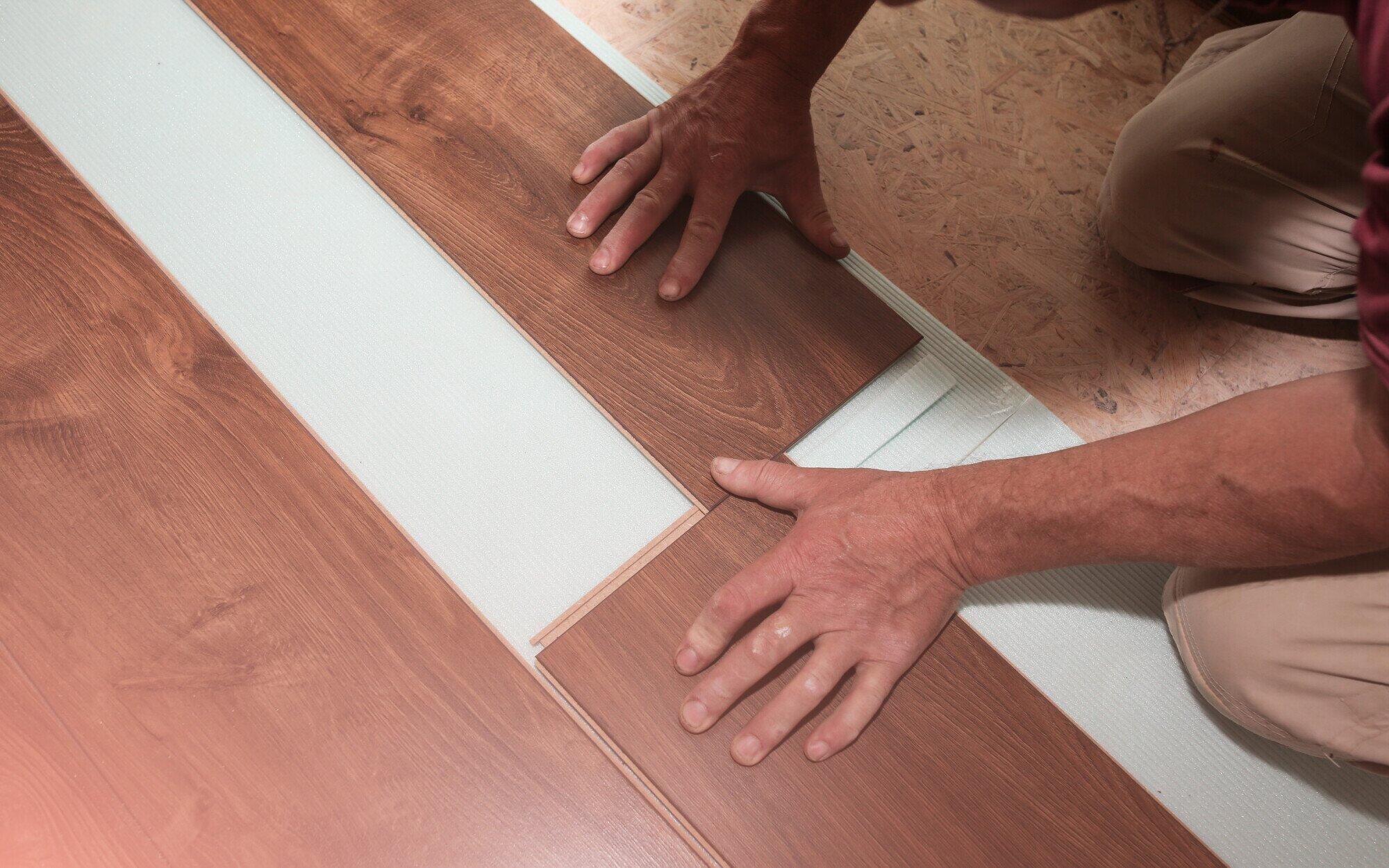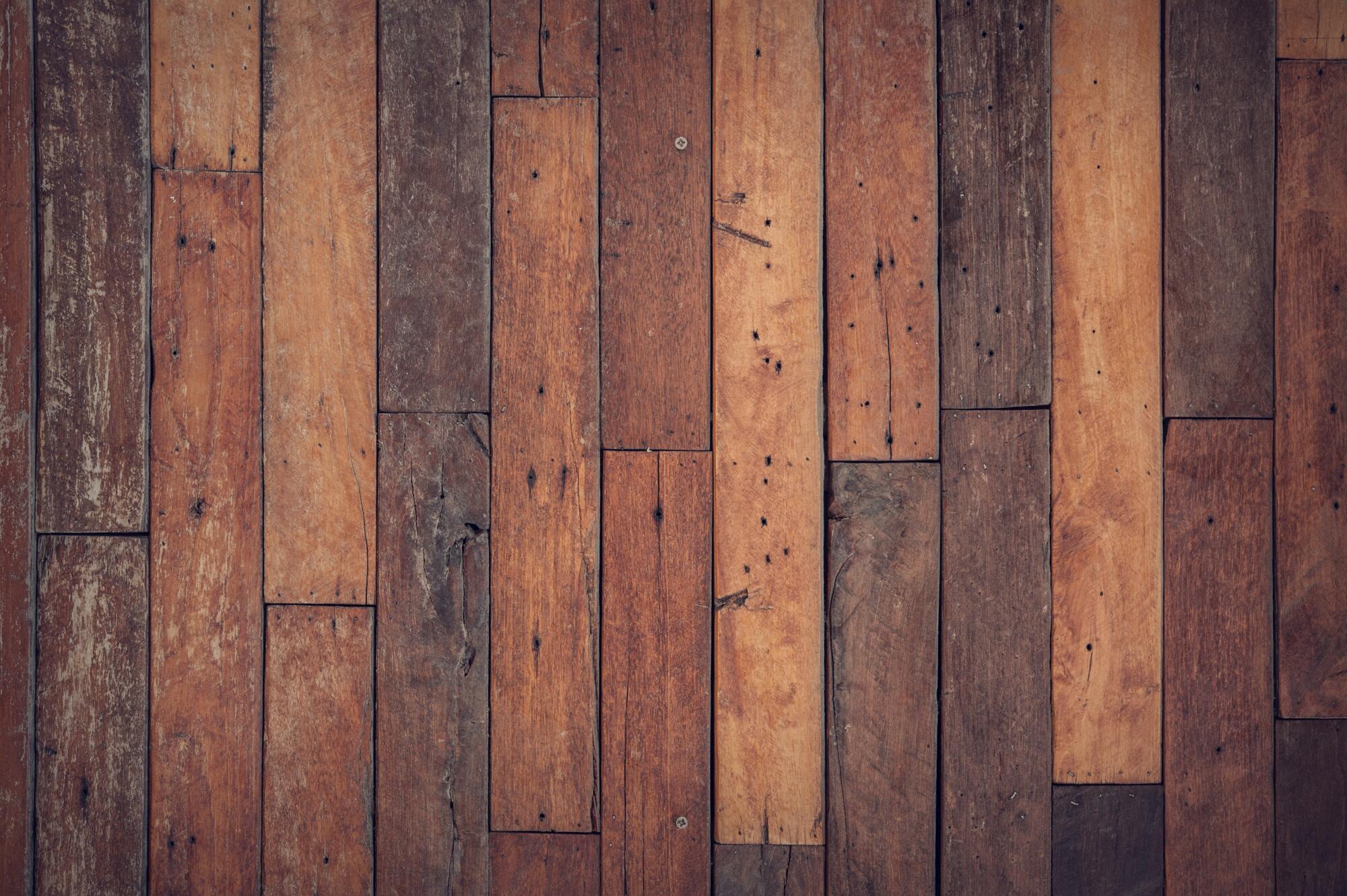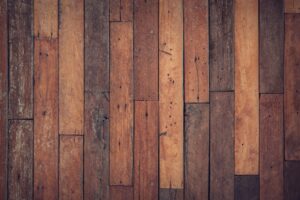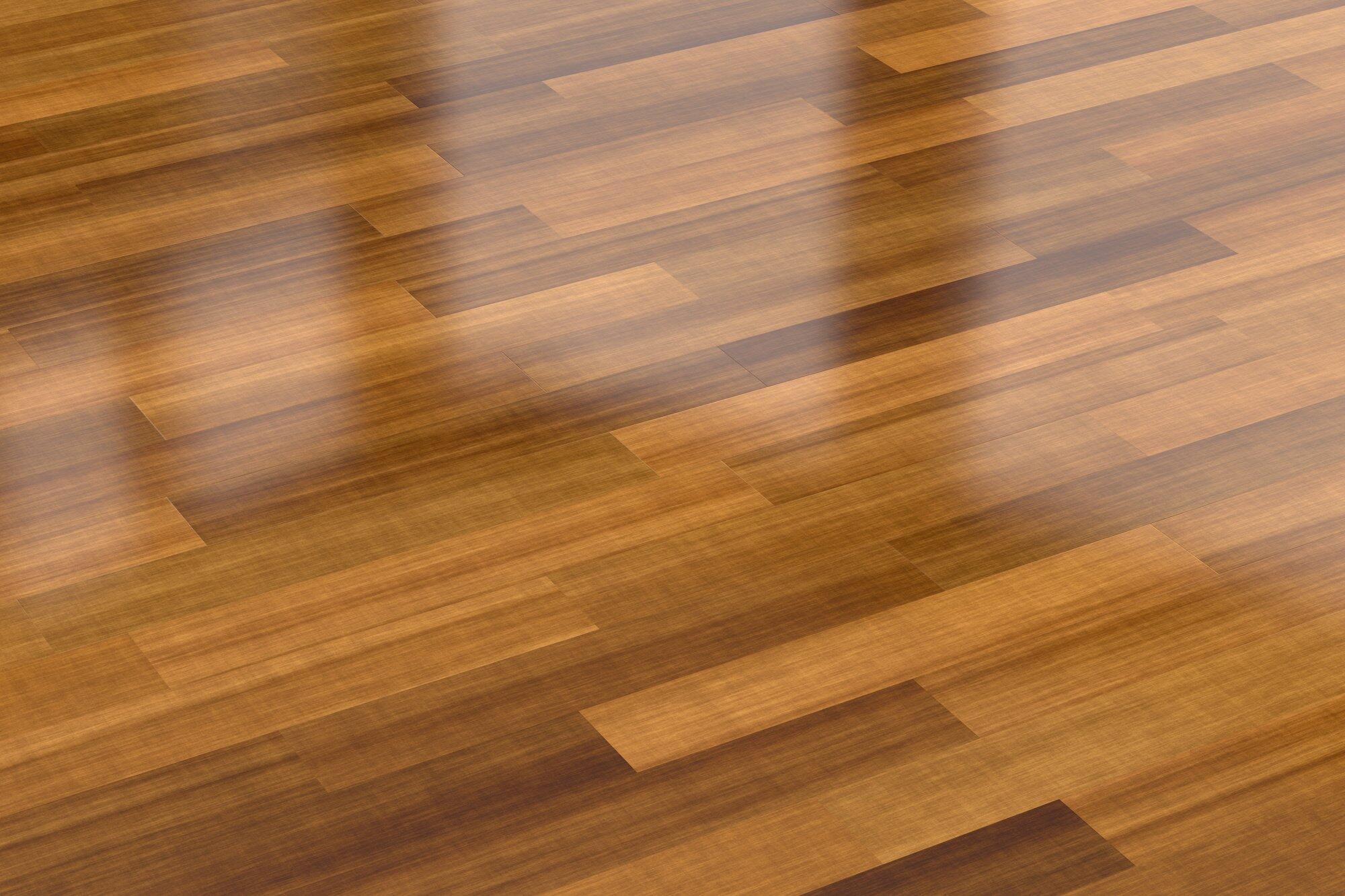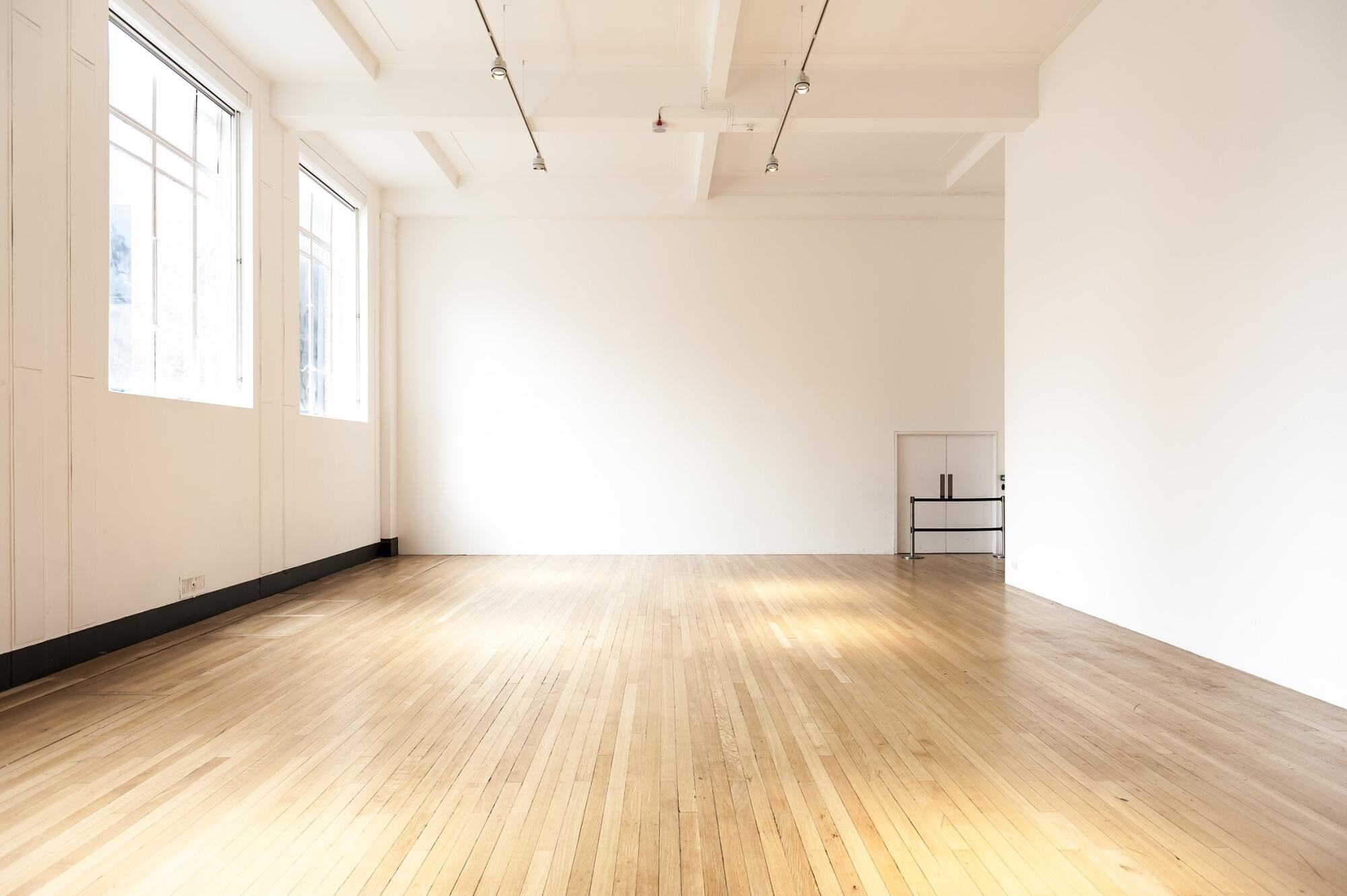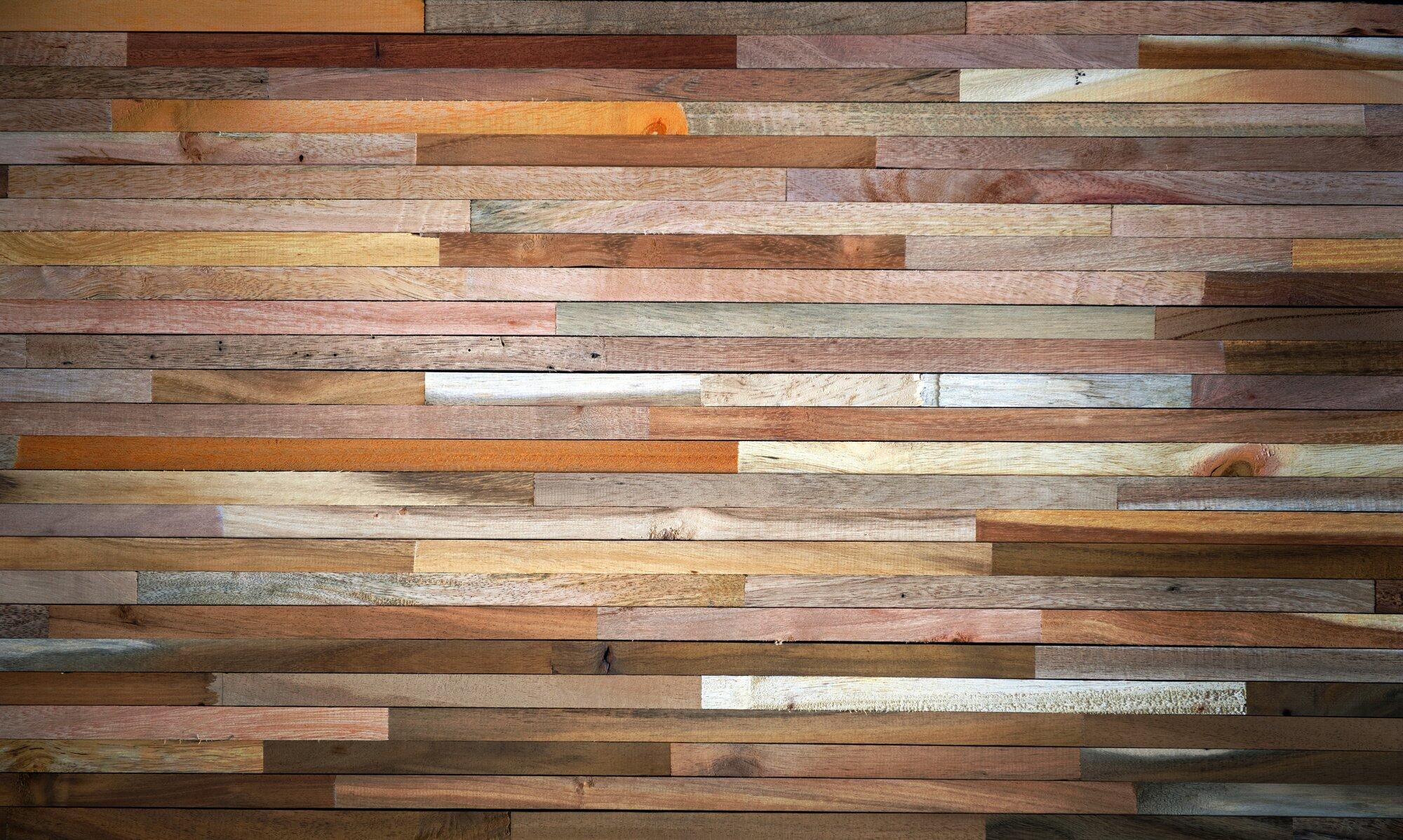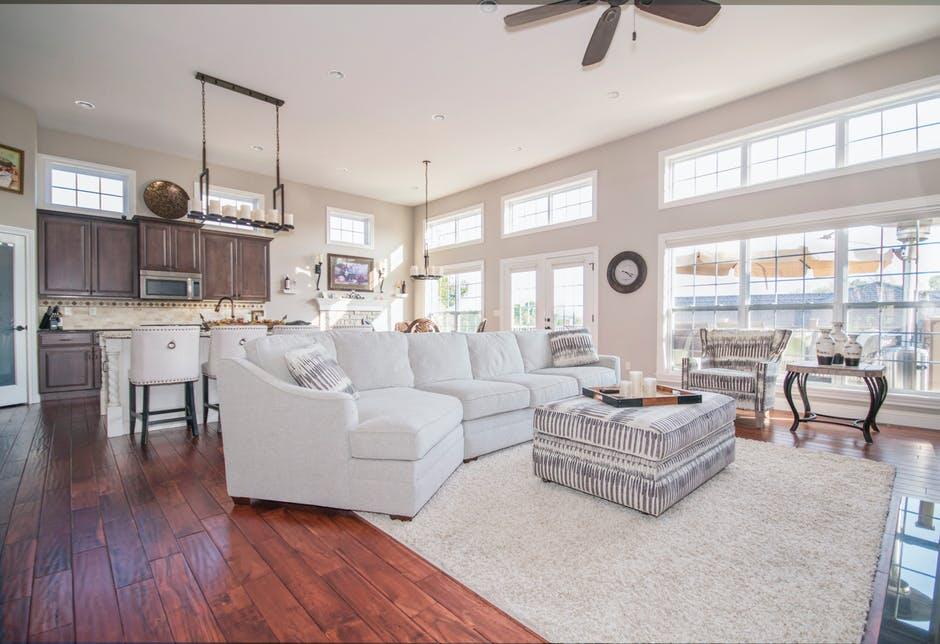Are your old hardwood floors looking dull and worn out? Refinishing might be the solution you need. It can restore their beauty and extend their lifespan.
Join us as we look at the benefits, costs, and process of refinishing hardwood floors!
Understanding the Condition of Your Old Hardwood Floors
Before deciding to refinish your old hardwood floors, you need to assess their condition. Check for scratches, dents, and discoloration. Look for signs of water damage or warping.
If the floorboards are loose or creaky, you might need more than just refinishing. Small issues like surface scratches and minor stains are often easy to fix with refinishing.
However, deep gouges or significant structural problems might require replacing parts of the floor.
Benefits of Floor Refinishing
Refinishing hardwood floors can restore their original beauty. Over time, floors can become scratched and dull. Refinishing removes these imperfections, making the floors look new again.
This process also helps to protect the wood from future damage. A fresh finish acts as a barrier against wear and tear. Another benefit is the increase in property value.
Well-maintained hardwood floors are a desirable feature for homebuyers. Refinishing is a cost-effective way to enhance the appeal of your home without the need for a complete replacement.
Cost of Refinishing Floors vs. Replacing
When deciding between refinishing and replacing hardwood floors, cost is a major factor. Refinishing is usually cheaper.
The process involves sanding down the existing floor and applying a new finish. This can cost between $3 and $8 per square foot.
Replacing floors is more expensive. It involves removing the old floor and installing a new one, which can cost $12 to $20 per square foot. Refinishing also saves on materials and labor.
DIY Floor Refinishing vs. Professional Services
DIY refinishing can save money, but it requires time, effort, and skill. You need to rent or buy equipment and learn the proper techniques. Mistakes can be costly, both in terms of money and time.
Professional services come with expertise and experience. Professionals can achieve a high-quality finish efficiently.
They also handle any unexpected issues that might arise. While hiring professionals costs more, it often results in a better and longer-lasting finish.
The Refinishing Process: What to Expect
First, the floors are sanded to remove the old finish and smooth out any imperfections. This can be a dusty process, so proper preparation is important.
After sanding, a stain can be applied if you want to change the color of the wood. Finally, a protective finish is applied to seal the wood and add shine.
The entire process can take several days, depending on the size of the area and the drying time needed between each step. Expect some disruption during this time, but the results are usually worth it.
Make Your Old Hardwood Floors Shine!
Refinishing old hardwood floors can restore their beauty, extend their life, and increase your home’s value. Assess your floors, weigh the costs, and decide between DIY or professional help. With the right approach, your floors can look stunning again.
At Peak Floors, we’re a family-owned business that serves customers throughout western Pennsylvania. We’re proud to offer the very best technicians in the business, with a focus on top customer service.
Get in touch today to find out how we can help with your flooring needs!
